
The Bulgarian capital Sofia is an old city that, since the country’s independence from the Ottoman Empire in 1878, has evolved from a provincial city to a cosmopolitan metropolis with a lovely atmosphere among the many sights, green spaces and distinguished shopping districts that visitors can enjoy.
The Roman Serdika is part of the history, and from that time several ruins have been preserved. They are complemented by ancient churches of early Christianity, and these historical monuments stand nowadays side by side with modern Bulgarian architecture.
The city offers countless beautiful buildings from the last centuries; these are constructions from the country during the Ottomans and not least through the 20th century. With the imposing building style of Bulgaria’s communist era, it gives an interesting architectural blend in the cityscape.
The communist era lasted from 1946 to 1990, and in those decades many large complexes such as the central government district around Largo in Sofia’s center were built. War monuments and Sofia’s cultural palace are other good examples of their time.
Sofia’s surroundings are characterized by beautiful scenery and ancient cultural monuments. The Vitosha Mountains are located just outside Sofia’s city limits, and provide great opportunities for a nice outing.
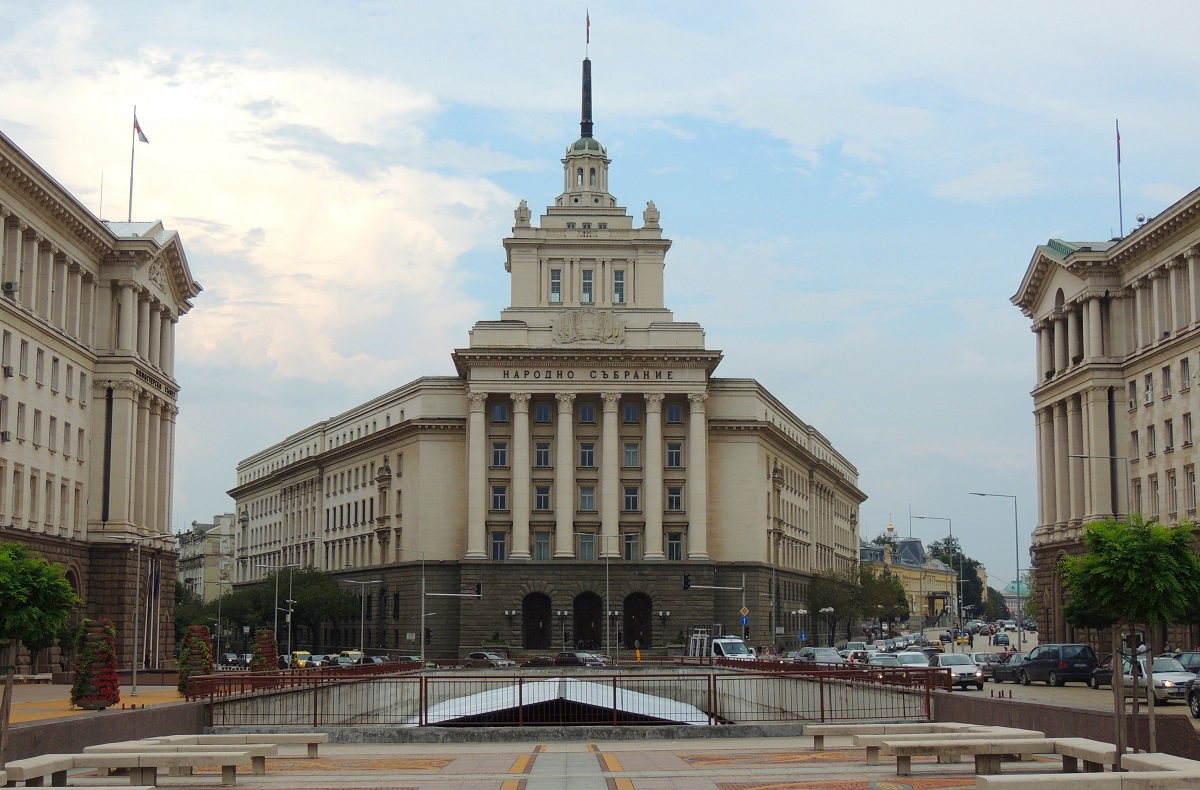
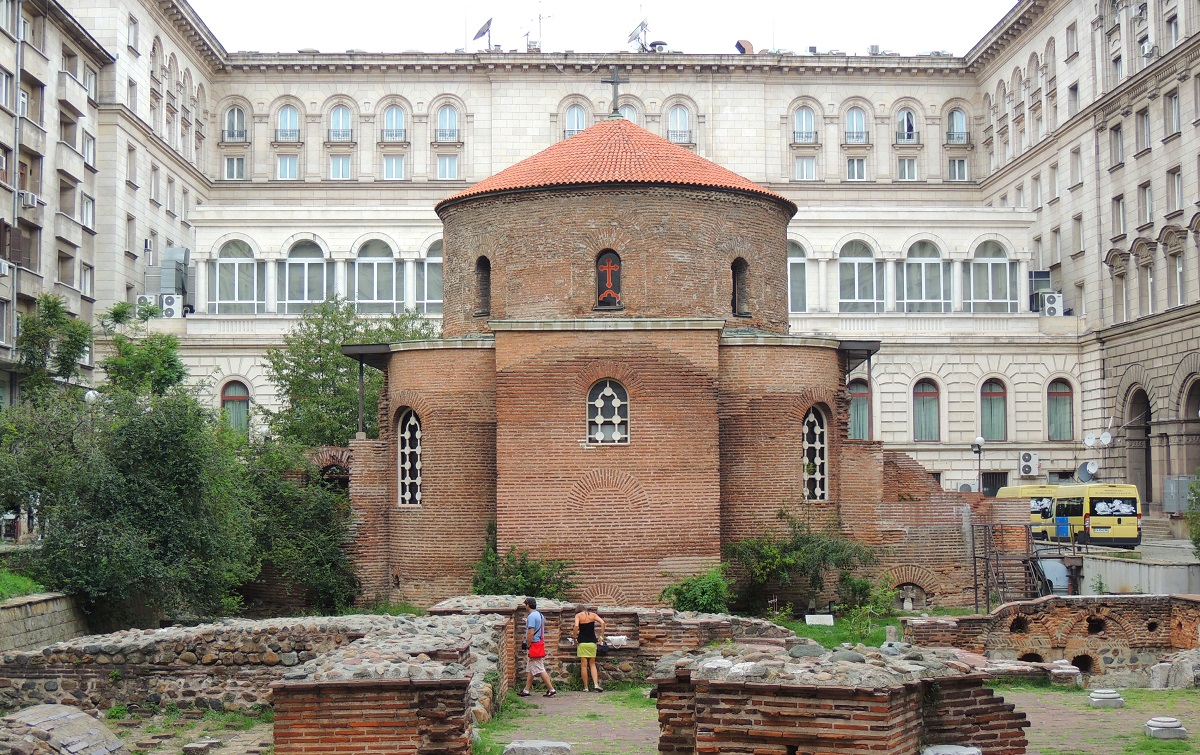
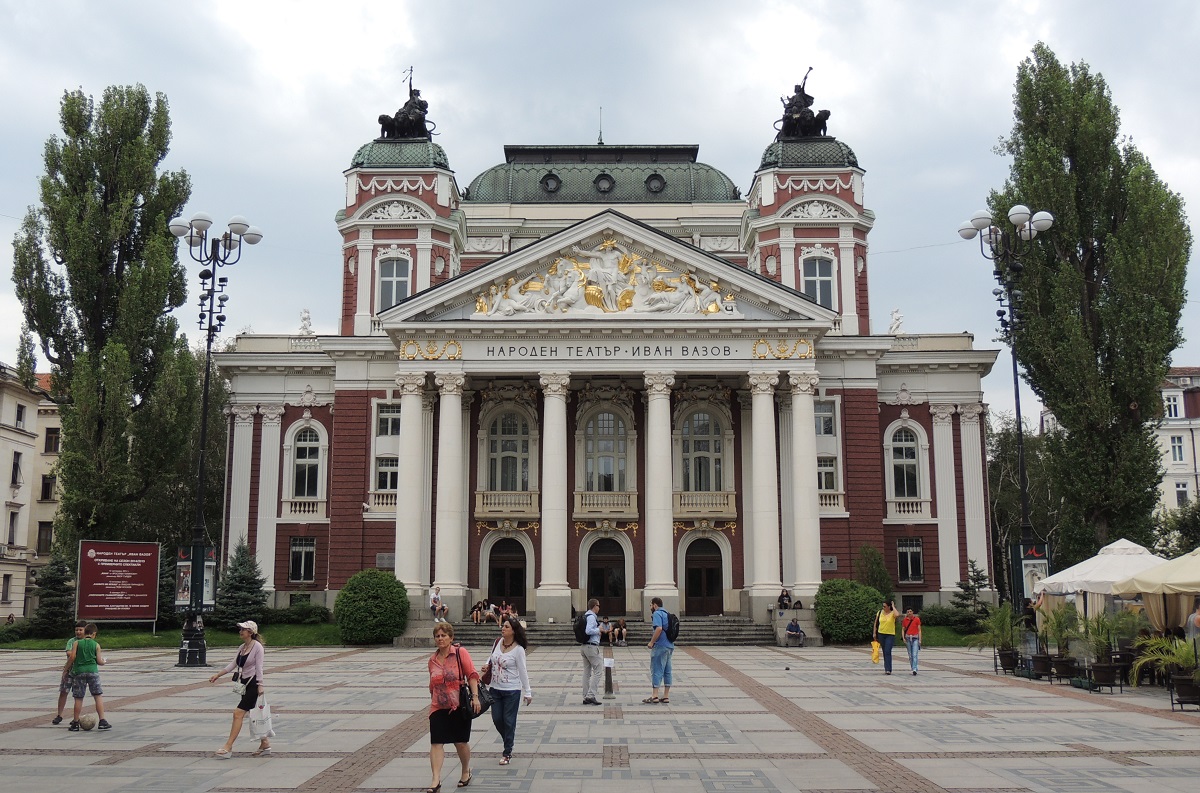

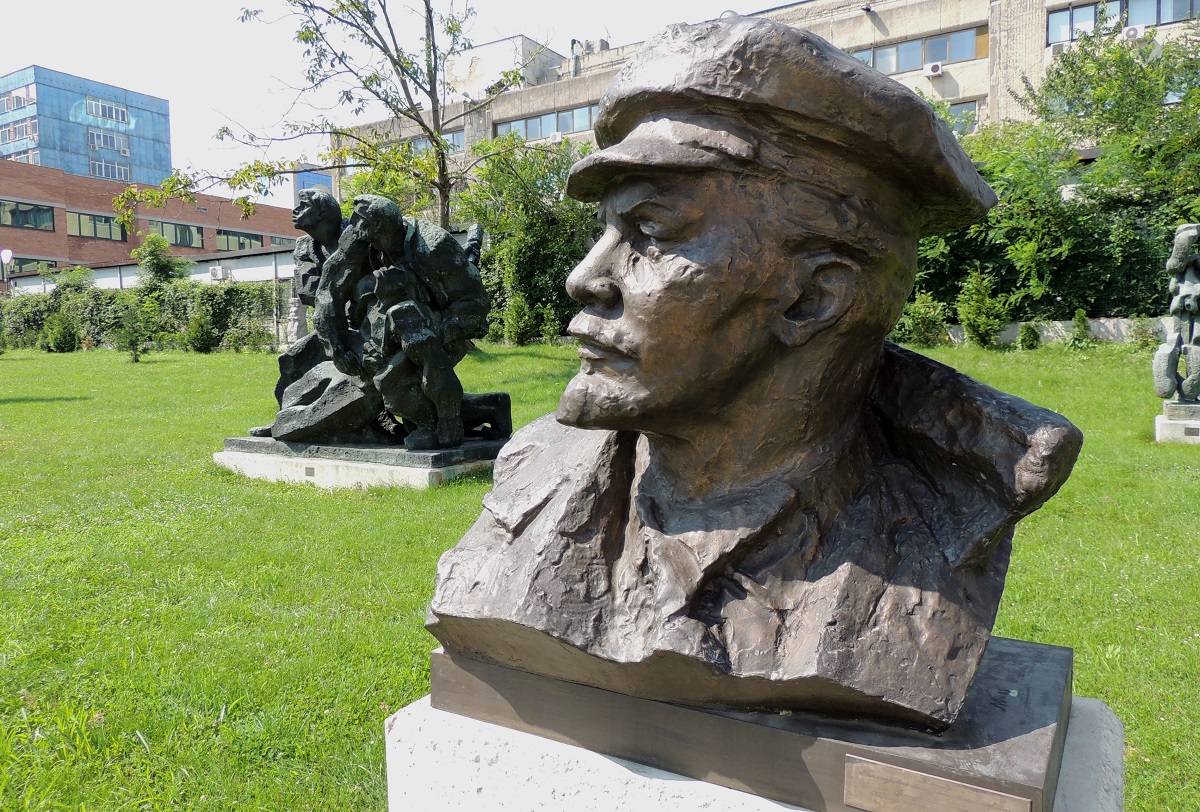
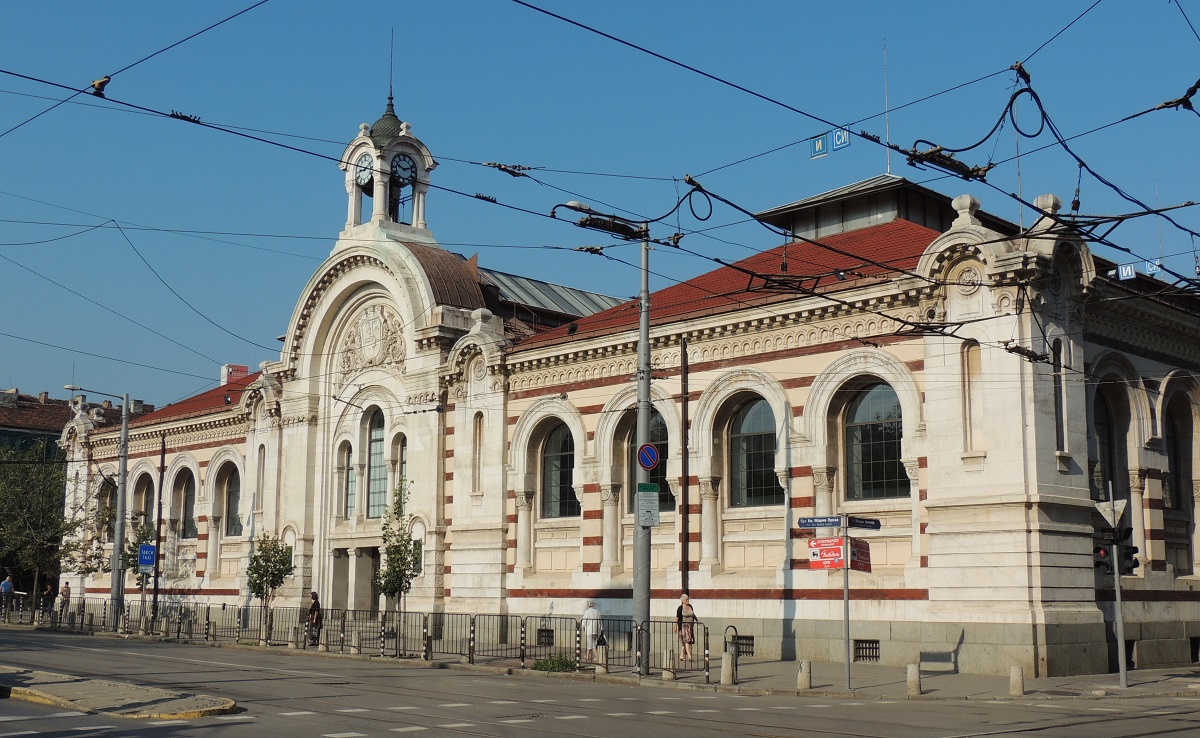
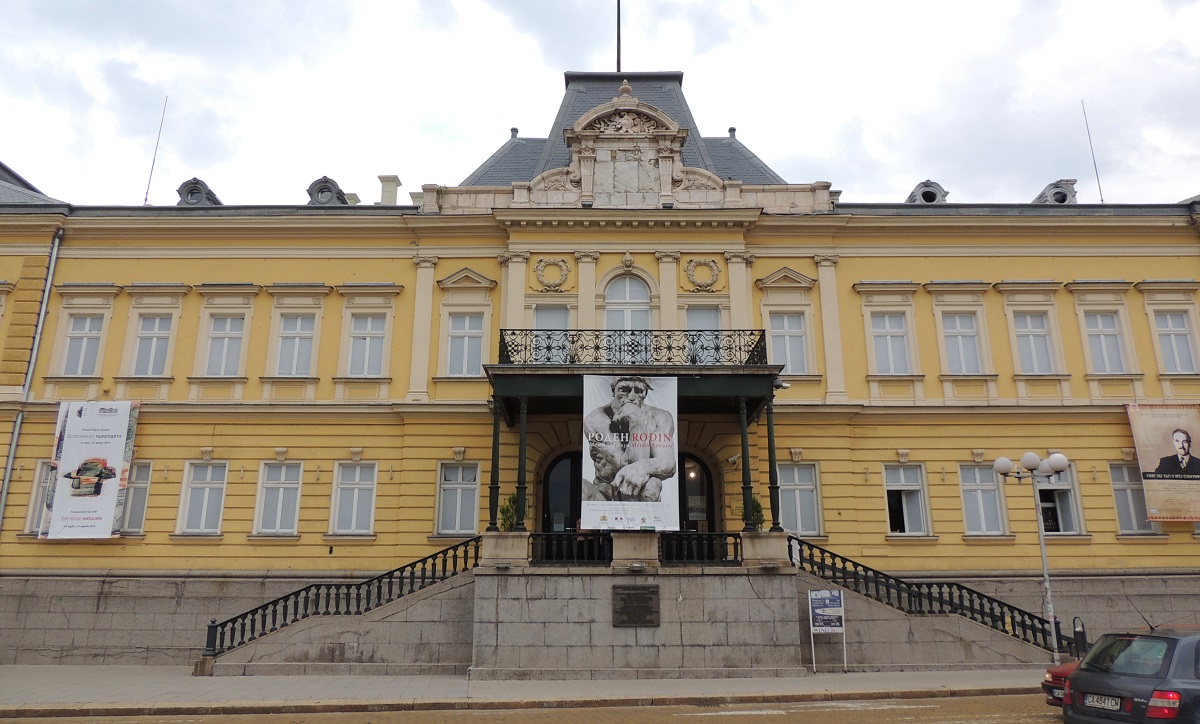
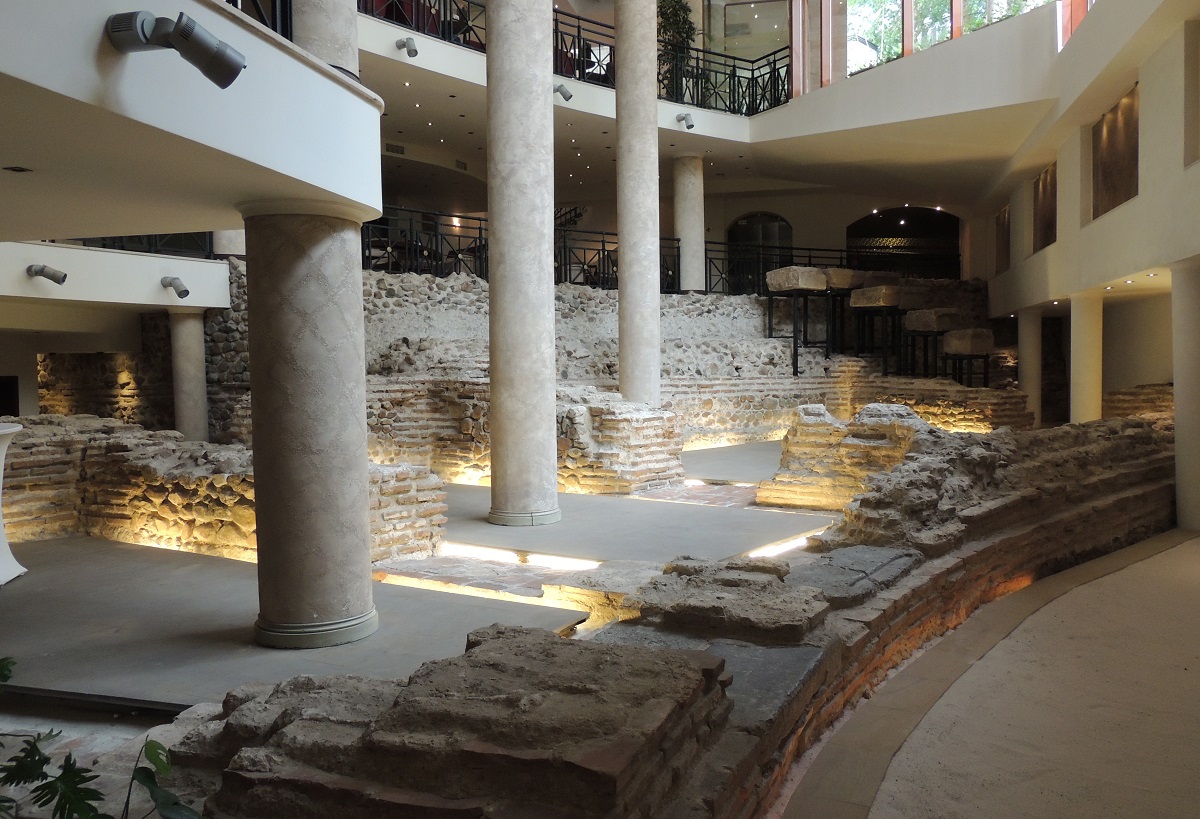
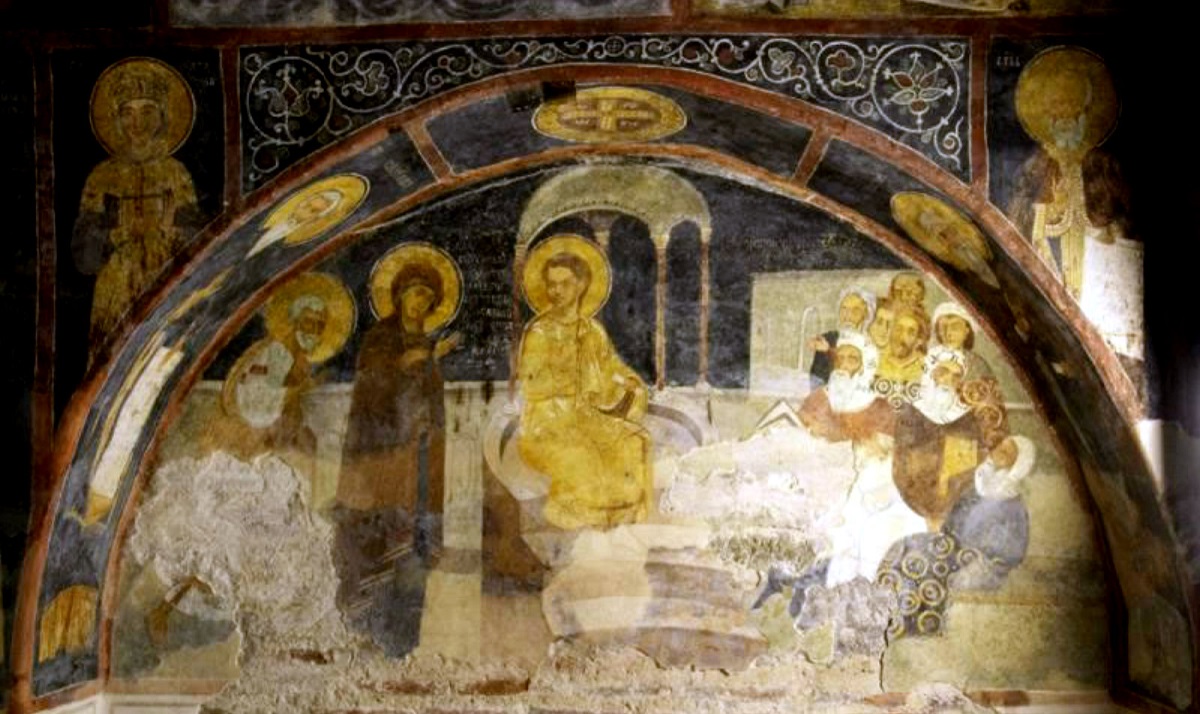
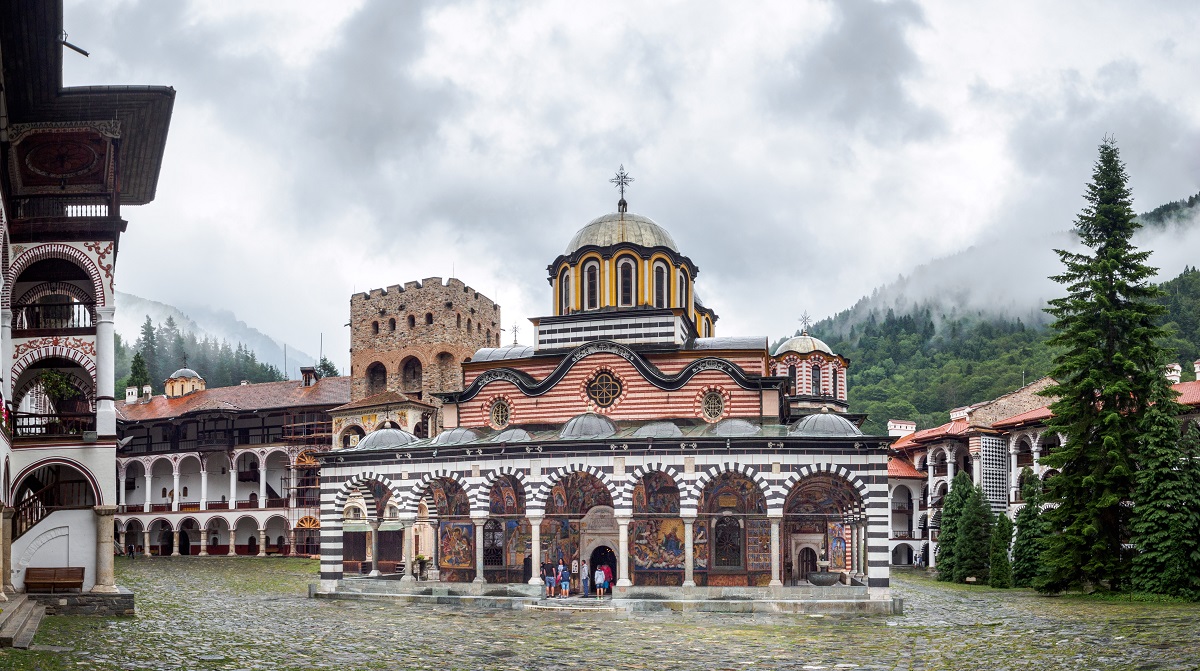

The beginning
Sofia’s first settlement is located in the fertile plains of western Bulgaria, and the good agricultural potential has attracted settlers and characterized the country for millennia.
The first permanent settlement is believed to belong to the Thracian tribal Serdis who founded Serdika, of which remains are found in the center of present-day Sofia.
In spite of many external attacks, the Greek Thracians maintained Serdika for centuries until around the year 100 the Romans settled in the area. However, Macedonian Philip II had destroyed Serdika in 339 BC. and a subsequent time under Philip II and Alexander the Great’s Macedonian rule.
The Roman Serdika
It is believed that the Romans conquered Serdika in the year 29 BC, and with the new rule Serdika was called Ulpia Serdica. Under Emperor Trajan, who ruled in the years 98-117, the city was granted the status of a municipality, which meant that it was the administrative center.
Ulpia Serdica had also become a fortified capital in the province of Dacia. It had city walls and fortress towers, and the Romans also erected many civilian buildings such as a larger amphitheater and bathing facilities.
Emperor Diocletian let the province of Dacia divide in two in the late 280s. The result was the provinces of Dacia Ripensis and Dacia Mediterranea, and Ulpia Serdica became the capital of the latter.
Several major events took place in Ulpia Serdica in the 300s. The emperor Galerius’ edict on religious tolerance was adopted in the year 311, and with it Christianity became an accepted religion in the Roman Empire. In 343, one of the church’s synods was held in Ulpia Serdica, and the topic was, overall, a theological controversy about the relationship between God and Jesus.
The Roman Serdika was reportedly a beautiful city with fine facilities. In the 300s, Emperor Constantine I called the city his Rome, but with the attacks of the females in 447 Ulpia Serdica was partially destroyed. During the reign of Byzantine emperor Justinian Is in the 500s, Ulpia Serdica, who was named Triaditsa, flourished anew with a rich social life, new neighborhoods and new large defense facilities.
Slaves, kings and the Middle Ages
In the following centuries, large numbers of slaves came to the region, and Triaditsa was subject to numerous attacks. In the late 600s, the Bulgarian Khan Asparuh fought against the Byzans, and after a victory in 681, the first Bulgarian kingdom was established. The capital became Pliska and the area extended into part of present-day Bulgaria. However, the Byzantine Empire had continued to rule over the region.
Under Khan Krum, who was Bulgarian king in 803-814, great battles were again fought between Bulgarians and Byzantines, and in 809 Triaditsa was conquered. The city changed its name to Sredets and was integrated into the kingdom, which was the first Bulgarian empire.
Until 1018 there were several battles between the Bulgarians and the armies of the Byzantine emperors. Emperor Basilius, who became known as the Bulgarian killer, conquered the Bulgarian kingdom in 1018 and thereby Sredets, who now changed his name to the Byzantine Triaditsa.
In the following centuries, Triaditsa was a thriving city with a thriving trade and skilled craftsmen. The surrounding mountains also boosted the city’s economy with mineral resources, which provided further growth in both trade and crafts.
In 1186, the Second Bulgarian Kingdom emerged as a result of the uprising against the Byzantine Empire in Veliko Tornovo, which became the capital of the new kingdom. The name Sofia was first mentioned in 1382 in a document by Tsar Shishman. The town name derives from Saint Sofia Church, which can still be seen in the city.
The Ottoman era
In 1396, Bulgaria was conquered by the Muslim Turks, and it marked the beginning of a period of almost 500 years under foreign rule. In 1443 Crusaders tried to expel the Turks from the Bulgarian area, but it ended without success. The crusaders were helped by many citizens of Sofia and were subsequently punished by the Turks.
In 1444, the Ottoman Empire made Sofia the capital of much of their conquered territory in Europe; the so-called Rumelia. This status was maintained until the 18th century and it gave Sofia some growth with the administration that came with it.
In the area, the Turkish Ottomans tried to introduce their culture and traditions, but throughout the years there was a Bulgarian resistance to foreign power, not least from the monasteries, which were located just south of Sofia.
Under Turkey, the country was economically developed and the 16th century in particular was a period of fine growth. Sofia, however, did not experience the flourishing that characterized other of Europe’s later major cities. Thus, the city remained real small throughout the period until Bulgarian independence in the 19th century.
Bulgarian Freedom
By the mid-19th century, the Bulgarian national resistance to the Ottomans had grown and manifested itself in actual fighting. Among the rebels who gathered in the mountain monasteries were Vasil Levski and Hristo Botev, who later became two of the great heroes of the independence struggle.
After failed battles in 1876, forces from closely related Russia arrived in 1878. The Russians, together with the Bulgarians, fought against the Ottoman Turks, who had to withdraw from Bulgaria, who became independent that same year. The following year, Sofia, which at that time had 18,000 inhabitants, became the country’s new capital; it happened after a transition with the city of Tarnovgrad as its capital. That decision formed the foundation and growth foundation of the million city that makes up today’s Bulgarian capital.
In 1879 Bulgaria became a prince with Alexander I as the prince. Alexander had participated as a Russian officer in the battles against the Ottoman Empire in 1877-1878. Formally, the principality was subject to the Turkish sultan, but in reality Bulgaria acted as its own state with the regime of Sofia. The country had its own constitution, flag, national anthem and foreign policy.
Sofia flourished with a beginning industrialization that brought the city and the country forward. In addition, many traces of the Turkish presence had been erased in the war against the Russian forces, where most of Sofia’s mosques were, for example, crashed into gravel.
The Kingdom of Bulgaria
Decades after independence were marked by many changing leaders in Sofia. Alexander I abdicated and Prince Ferdinand became king and from 1908 to 1918 self-proclaimed czar. In 1908, Bulgaria became a kingdom, not least to strengthen the country in the years of new borders after the imminent dissolution of the Ottoman Empire. Particular areas in present-day Macedonia and northern Greece, with the majority of Bulgarians, were of interest to the country.
The time after World War I was marked by political settlements and a lack of industrialization. People mainly lived in the countryside and cultivated the land on small plots of land, and Bulgaria lacked an elite capable of driving the country forward.
Politically, in 1923 it came to a new nationalist government with support from both the king and the military. That same year, a communist coup attempt under Georgi Dimitrov failed to flee to the Soviet Union.
The 1930s were marked by some industrialization in the otherwise agricultural-dominated society. It was also a decade in which the king took power in 1935 and ruled the country through a puppet government. Other parties were banned, and the king later entered into an alliance with Nazi-led Germany and fascist Italy.
World War II
With Bogdan Filov as Prime Minister, Bulgaria became part of World War II in 1940. Against the acquisition of land from Romania, the country joined Germany, and on March 1, 1941, Bulgaria formally allied with Germany, Italy and Japan. From Sofia, permission was given for German troops to use the country as a way to occupy Greece and Yugoslavia.
The Bulgarians subsequently acquired most of Thrace and Macedonia as part of Bulgaria. The war turned and in 1943 and 1944 Sofia was bombed on several occasions. There was growing opposition to the German and Bulgarian rule, and in mid-1944 the Sofia government tried to negotiate a way out of the war.
In August 1944, Bulgaria withdrew from the war and in September they declared war on Germany. However, it could not stop the Soviet Union, which went to war on Bulgaria on September 8; Eight days later, the Red Army entered Sofia.
The Communist Era
Immediately after the Soviet victory over Bulgaria, a unifying government was formed, but the real power was the Soviet Union, which in 1946 was able to abolish the monarchy after a referendum. Vasil Kolarov became president, while Georgi Dimitrov became prime minister and the executive communist leader.
The tasks were many for the new board in Sofia. World War II had devastated much of Sofia, and it had created an even greater housing shortage than there was already. At the same time, the country was not significantly industrialized compared to many other European countries.
Georgi Dimitrov was the new leader of the new People’s Republic. The country developed into one of Eastern Europe’s major agricultural countries, but at the same time the industry expanded, especially around Sofia, where many new neighborhoods were built in the decades after the war.
Large buildings such as the central government district in imposing communist architecture were completed, and Sofia was also given the cultural palace and much more, which were the hallmarks of Soviet-dominated countries in Eastern Europe. In the 1960s, the city’s metro was also planned, but the facility first started in the 1990s.
In 1949, Georgi Dimitrov died and in it a mausoleum was built in just six days in central Sofia. Here the Communist leader lay at rest until 1990, when the communist system had fallen. Over the decades after Georgia, several leaders stood at the head of the regime, which in the late 1980s fell at the same time as the other communist regimes in Eastern Europe. Meanwhile, a modern Sofia had been built with many new neighborhoods, hotels, monuments, parks, educational institutions and so on.
In November 1989, there were major demonstrations in Sofia, which initially led to the replacement of Todor Zhivkov as the leader of Bulgaria. Demonstrations against the regime continued in the streets of Sofia, and after a few months the then rulers had to change the system and a democratic election was held in June 1990. The election result was that the Communists could continue in power under a new socialist name.
1990 to the present
Since the time of communism, much has happened in Sofia. In 1998, the city’s subway began to run, and it has since been expanded. The restoration of old buildings and the construction of new ones have also happened in great style in Sofia, which since 2007 has been the EU capital after Bulgaria’s accession to the Union.
Today, visitors encounter a green and charming capital city, where the sights are within easy walking distance. The infrastructure is well developed, and the city has many activities, theaters and so on, which carry on Bulgarian culture from, for example, Ivan Vazov to modern times.

Overview of Sofia
The Bulgarian capital Sofia is an old city that, since the country’s independence from the Ottoman Empire in 1878, has evolved from a provincial city to a cosmopolitan metropolis with a lovely atmosphere among the many sights, green spaces and distinguished shopping districts that visitors can enjoy.
The Roman Serdika is part of the history, and from that time several ruins have been preserved. They are complemented by ancient churches of early Christianity, and these historical monuments stand nowadays side by side with modern Bulgarian architecture.
About the upcoming Sofia travel guide
About the travel guide
The Sofia travel guide gives you an overview of the sights and activities of the Bulgarian city. Read about top sights and other sights, and get a tour guide with tour suggestions and detailed descriptions of all the city’s most important churches, monuments, mansions, museums, etc.
Sofia is waiting for you, and at vamados.com you can also find cheap flights and great deals on hotels for your trip. You just select your travel dates and then you get flight and accommodation suggestions in and around the city.
Read more about Sofia and Bulgaria
Buy the travel guide
Click the “Add to Cart” button to purchase the travel guide. After that you will come to the payment, where you enter the purchase and payment information. Upon payment of the travel guide, you will immediately receive a receipt with a link to download your purchase. You can download the travel guide immediately or use the download link in the email later.
Use the travel guide
When you buy the travel guide to Sofia you get the book online so you can have it on your phone, tablet or computer – and of course you can choose to print it. Use the maps and tour suggestions and you will have a good and content-rich journey.
Largo • Mineral Water • Ruins of Serdika • Beautiful Churches

Overview of Sofia
The Bulgarian capital Sofia is an old city that, since the country’s independence from the Ottoman Empire in 1878, has evolved from a provincial city to a cosmopolitan metropolis with a lovely atmosphere among the many sights, green spaces and distinguished shopping districts that visitors can enjoy.
The Roman Serdika is part of the history, and from that time several ruins have been preserved. They are complemented by ancient churches of early Christianity, and these historical monuments stand nowadays side by side with modern Bulgarian architecture.
About the upcoming Sofia travel guide
About the travel guide
The Sofia travel guide gives you an overview of the sights and activities of the Bulgarian city. Read about top sights and other sights, and get a tour guide with tour suggestions and detailed descriptions of all the city’s most important churches, monuments, mansions, museums, etc.
Sofia is waiting for you, and at vamados.com you can also find cheap flights and great deals on hotels for your trip. You just select your travel dates and then you get flight and accommodation suggestions in and around the city.
Read more about Sofia and Bulgaria
Buy the travel guide
Click the “Add to Cart” button to purchase the travel guide. After that you will come to the payment, where you enter the purchase and payment information. Upon payment of the travel guide, you will immediately receive a receipt with a link to download your purchase. You can download the travel guide immediately or use the download link in the email later.
Use the travel guide
When you buy the travel guide to Sofia you get the book online so you can have it on your phone, tablet or computer – and of course you can choose to print it. Use the maps and tour suggestions and you will have a good and content-rich journey.




Similar to Sofia Travel Guide
There are no listings matching your search.
Reset